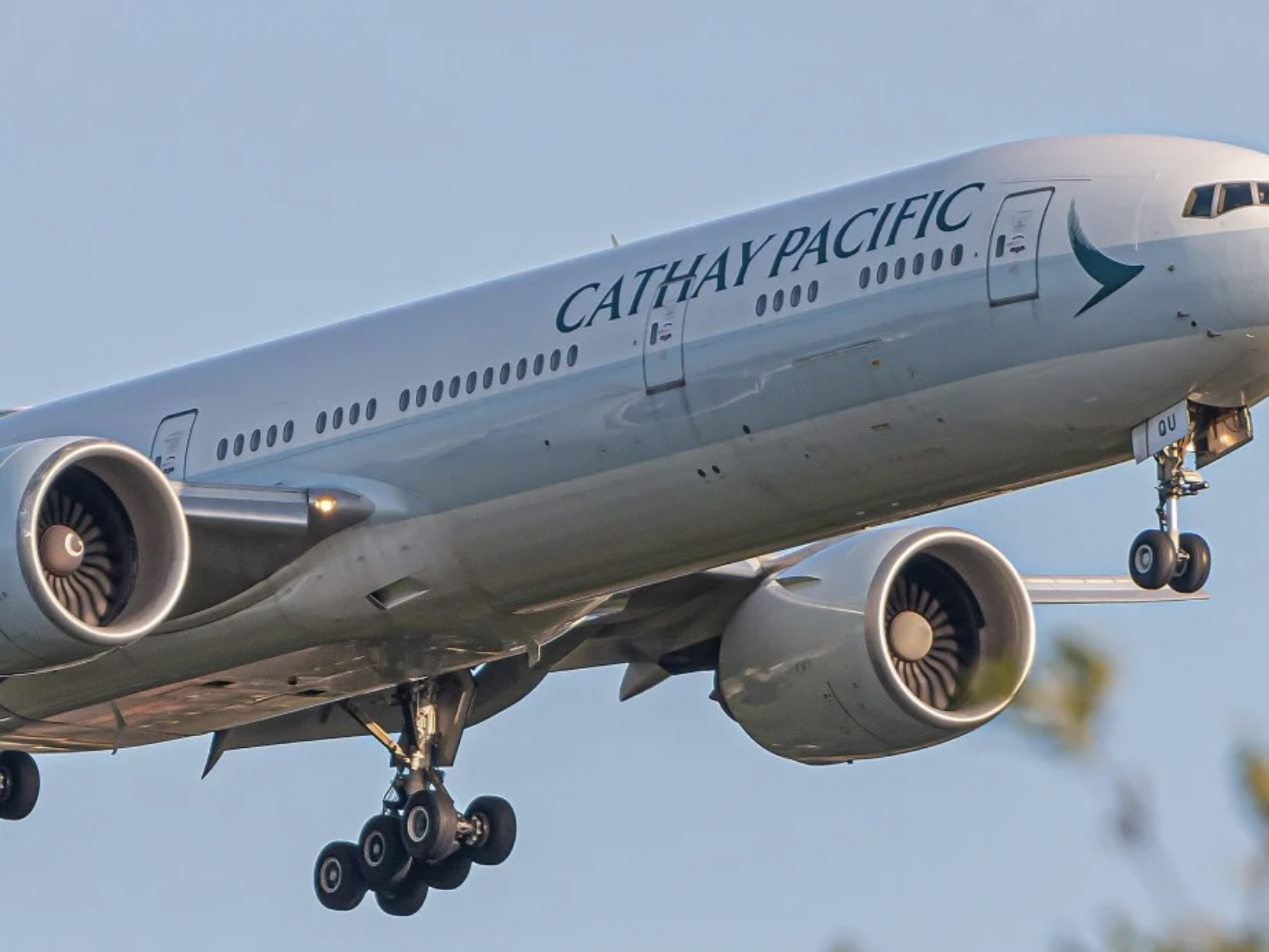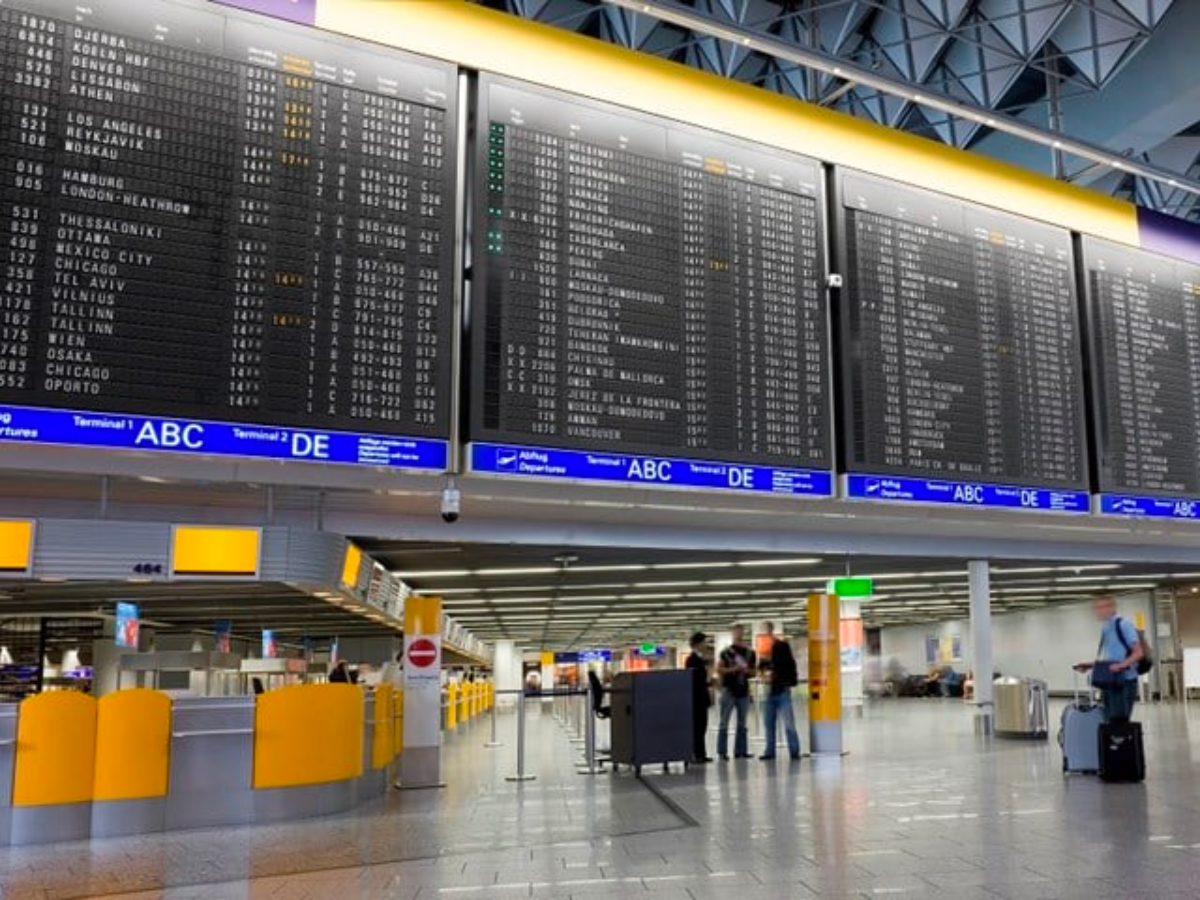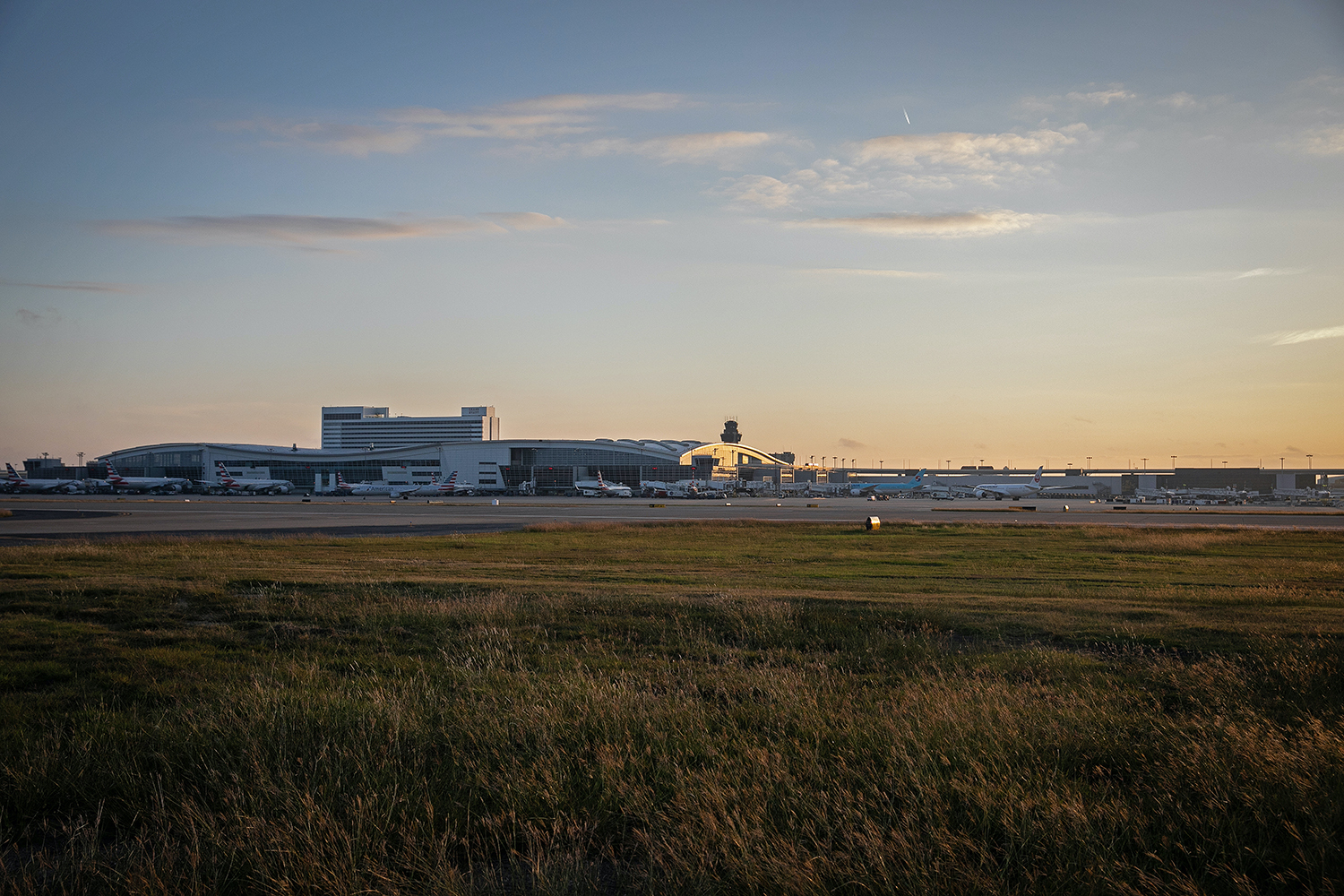Chinese Airports and Airlines Invest Heavily in IT for Passenger Experience Ahead of Robust Travel Recovery
Automating the passenger journey with self-service, biometric, and touchless technologies is a key priority as international travel resumes.

With the easing of travel restrictions, China is now gearing up for a strong post-pandemic recovery of air travel. To facilitate this recovery and power the continued growth of China’s significant domestic air travel market, the region’s airlines and airports are investing heavily in IT to streamline the passenger experience and fortify operations against disruption. This is according to SITA’s newly published 2022 Air Transport IT Insights report, which shows all of China’s leading airlines and 86% of airports expect their IT spend to remain the same or increase from 2022 to 2023.
Automating the Full Passenger Journey
Leading Chinese airports and airlines are investing heavily in IT across all aspects of the passenger journey, digitalizing the journey to run smoothly even with less staff support. All of the region’s leading airlines intend to upgrade their core passenger management systems by 2025, with 90% also investing in self-service and touchless solutions.
China’s airports are ahead of the global curve on self-service implementation, with 80 to 100% having already implemented self-service technology across check-in, bag drop, bag tag, and boarding. Touchless solutions and mobile applications for digital passenger services are also top areas of investment for 92% of airports, to further support convenience for passengers while freeing up staff to focus on other operational priorities.
Biometric identity management is a developing priority, with investment particularly in the use of biometric-powered e-gates at the border control and boarding stages. A full three-quarters of Chinese airports plan a single secure biometric token across all touchpoints by 2025, well ahead of the global average of 53%.
Sumesh Patel, President, Asia Pacific, SITA, said:It is exciting to see China embrace a return to international travel with the relaxation of border restrictions. Many Chinese airports and airlines are embracing technology to quickly ramp up their passenger operations, with a commitment to digitalizing the passenger journey. In particular, the country’s airlines and airports have prioritized a single secure biometric token across all passenger touchpoints, suggesting more airports in the region will follow the example of pioneering end-to-end biometric implementations such as that of Beijing Capital International Airport.
Keeping Stakeholders Informed and in Control
In addition to streamlining the passenger journey, Chinese airports and airlines are prioritizing clear communication with passengers through times of disruption. Airports in the region are above the global standard in terms of proactive communication with customers, with over three-quarters already having in place mass notifications via social media and real-time information via passengers’ mobiles. Building on this, half of airports intend to have implemented automated predictive alerts prior to disruptions by 2025.
China’s airports are further prioritizing business intelligence initiatives to facilitate stakeholder collaboration and agile responses to operational disruptions. Implementation of Airport Collaborative Decision-Making (A-CDM) solutions is at double the global average for Chinese airports (88%).
This article was originally published by SITA.














